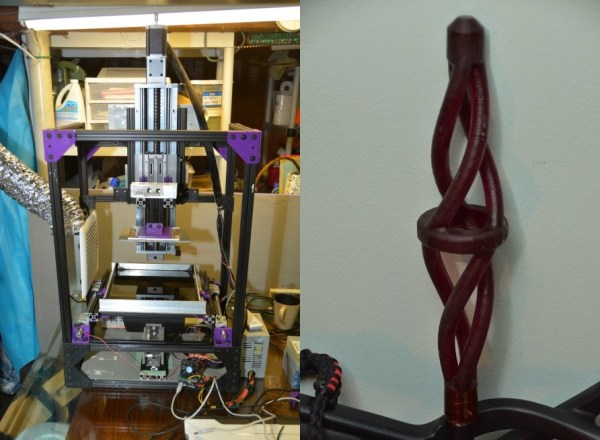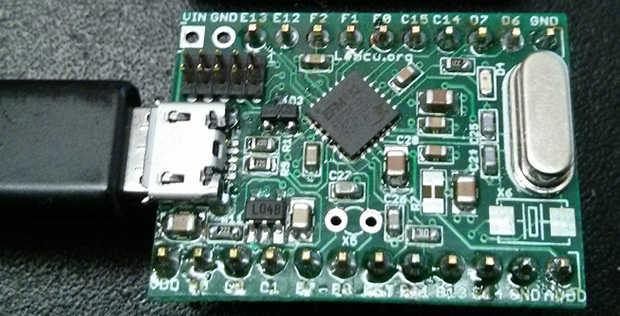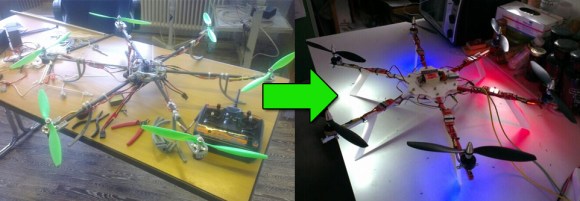
[Robert’s] been hard at work becoming a hexacopter expert over the past two years, and he’s offered up a retrospective of his multi rotor build experience since he first clicked the “buy” button on Hobbyking. He’s come a long way from his first build, which used inexpensive carbon rods and 3D-printed parts for a frame, supported by scrap wood and hot glue. It met its end in his car; exposed to direct sunlight, the 3D-printed components melted.
The latest iteration—seen above on the right—is a complete redesign, with a laser-cut frame that dramatically reduced the overall weight and new “Donkey” motors off Hobbyking. It’s strong enough to lift a 1.6kg (3.5lbs) stuffed animal suspended from a rope! Most recently [Robert] has worked out streaming first-person video after fitting a camera to the hexacopter via a 3D-printed attachment and pairing the experience with Zeiss Cinemizer 3D glasses. He still has some bugs to work out, namely screws loosening from vibrations and adding a HUD to the display so he’ll know when the battery levels are low. You can see the poor teddy bear getting hanged along with some other videos, including the first-person video flight, after the break.


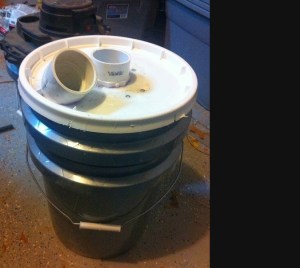
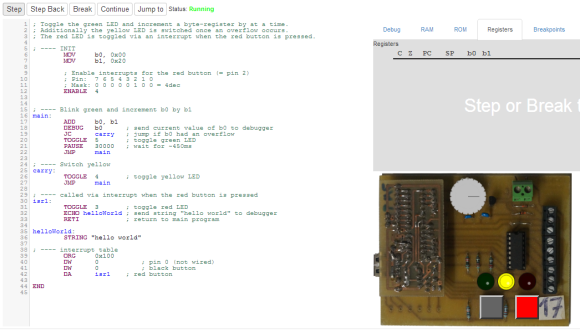 Very few people know assembly. [Luto] seeks to make learning assembly just a little bit easier with his “fully functional
Very few people know assembly. [Luto] seeks to make learning assembly just a little bit easier with his “fully functional 
